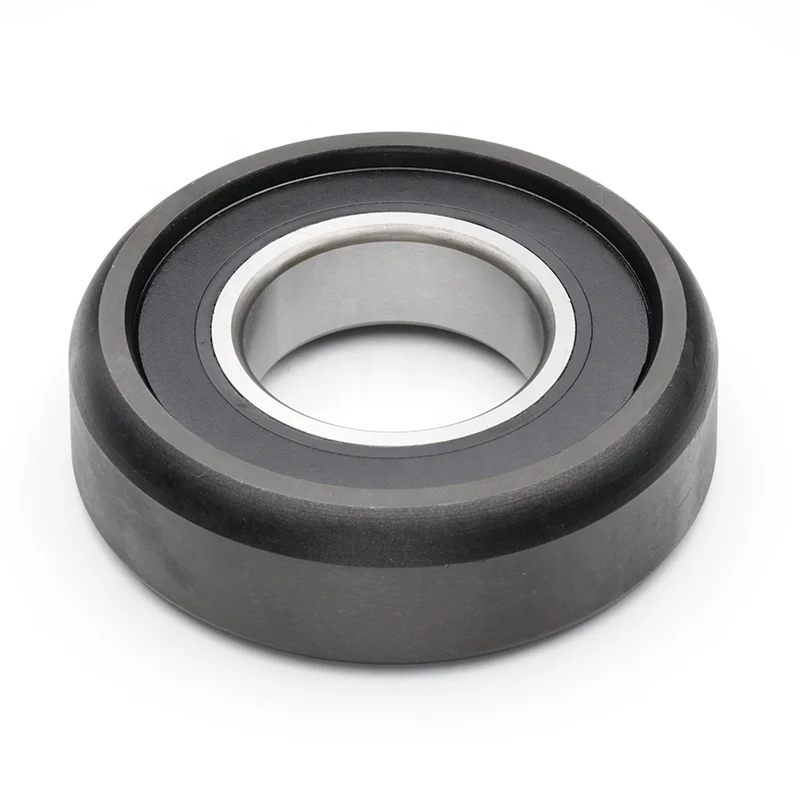Table of Contents
Categories
-
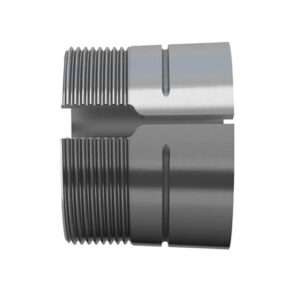
Adapter Sleeves (9)
-
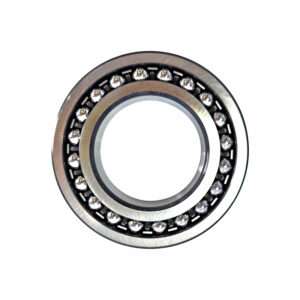
Ball Bearings (11)
-

Ball Screw Bearings (2)
-
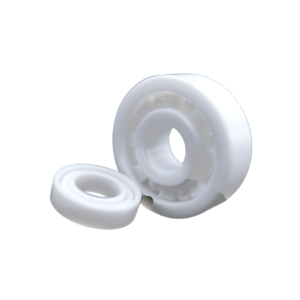
Ceramic Bearings (27)
-
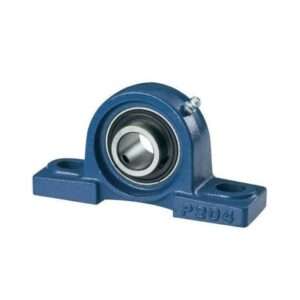
Pillow Block Bearings (4)
-
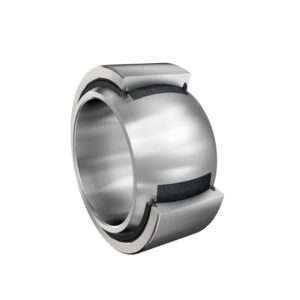
Plain Bearings (32)
-

Roller Bearings (12)
-
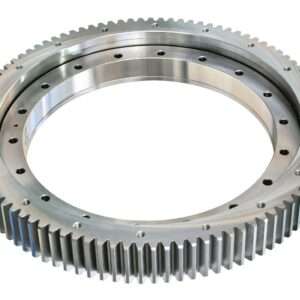
Slewing Bearings (43)
-
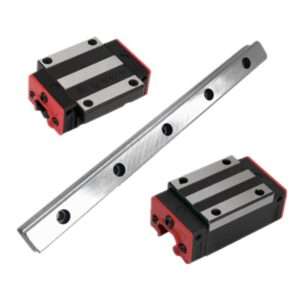
Sliding Block (3)
-
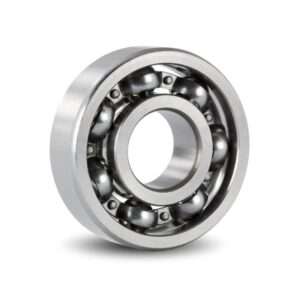
Stainless Steel Bearings (27)
-
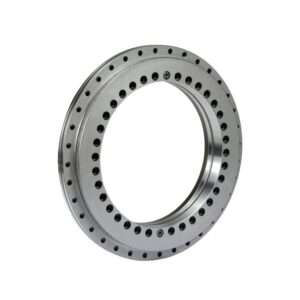
Super Precision Bearings (6)
-
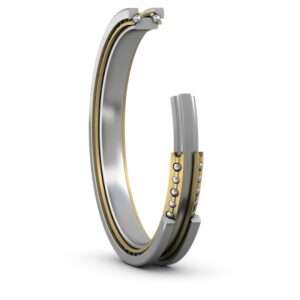
Thin Section Bearings (9)
-
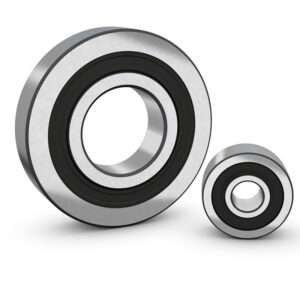
Track Rollers (4)
-
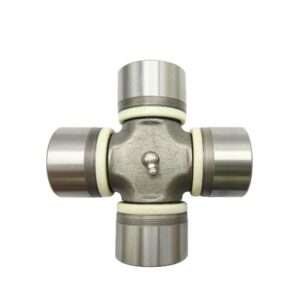
Universal Joints (1)
Mastering Bearing Preloading: A Comprehensive Guide

Introduction
What is Bearing Preloading?
Bearing preloading is a crucial process in the realm of mechanical engineering, particularly in applications where precision, stability, and longevity are paramount. At its core, bearing preloading involves applying a controlled amount of force or displacement to a bearing system before it becomes operational. This intentional deformation or stress ensures that the bearing components are in constant contact, eliminating internal clearances that could lead to excessive play or vibration during operation. Essentially, preloading optimizes the performance of bearings by enhancing their rigidity, reducing backlash, and improving load distribution across the contact surfaces. It sets the foundation for smooth and reliable mechanical motion.
Why is Bearing Preloading Necessary?
Bearing preloading is indispensable in various mechanical systems due to its pivotal role in enhancing operational efficiency and extending component lifespan. One primary reason for its necessity is the mitigation of internal clearances within the bearing assembly. By applying controlled force or displacement, preloading eliminates any slack or play within the bearing components, ensuring constant contact and optimal load distribution during operation. This not only enhances the rigidity and precision of the system but also minimizes the risk of vibration and noise, thereby improving overall performance. Additionally, preloading helps to counteract the effects of external loads and thermal expansion, maintaining stability and reducing the likelihood of premature wear or failure.
Types of Bearing Preloading
Types of bearing preloading encompass a spectrum of techniques tailored to meet specific application requirements and operational conditions. One primary classification is axial preloading, which involves applying force along the axis of the bearing to eliminate internal clearances and ensure proper contact between rolling elements and raceways. Axial preloading methods may utilize mechanisms such as springs, shims, or external forces to achieve the desired level of preload. Conversely, radial preloading focuses on minimizing radial play within the bearing by applying controlled displacement perpendicular to the axis of rotation. This technique is particularly relevant in applications where radial forces dominate, such as in certain types of machinery or automotive components.
In some instances, a combination of axial and radial preloading techniques may be employed to optimize bearing performance across various load scenarios. This combined preloading approach offers greater flexibility and adaptability, allowing for precise control over bearing stiffness and deflection characteristics. Understanding the specific requirements of a given application is essential in selecting the most suitable preloading method, considering factors such as load magnitude, direction, operating temperature, and speed. By employing the appropriate type of bearing preloading, engineers can ensure enhanced rigidity, reduced vibration, and improved overall reliability in mechanical systems.
Factors Affecting Bearing Preloading
Load Magnitude and Direction
Load magnitude and direction play a pivotal role in determining the optimal preloading requirements for bearings in mechanical systems. The magnitude of the applied load directly influences the amount of preload needed to maintain proper contact between bearing components. Higher loads necessitate greater preloading to counteract the resulting deflection and ensure adequate support for the applied forces. Additionally, the direction of the load, whether axial or radial, impacts the distribution of stresses within the bearing assembly. Different preloading techniques may be required to effectively manage axial or radial loads, depending on the specific application requirements and operational conditions. Understanding and accurately assessing the magnitude and direction of loads are essential steps in designing and implementing an effective bearing preloading strategy, ultimately contributing to enhanced performance and longevity of mechanical systems.
Operating Temperature
Fluctuations in temperature can cause changes in the dimensions of bearing components due to thermal expansion or contraction, affecting the preload and overall performance of the system. Higher temperatures can lead to increased clearances within the bearing assembly, necessitating additional preload to maintain proper contact between rolling elements and raceways. Conversely, lower temperatures may result in reduced clearances, potentially causing excessive friction and wear if the preload is not adjusted accordingly. Engineers must consider the anticipated operating temperature range when designing and implementing preloading techniques, selecting materials and lubricants that can withstand thermal variations while maintaining optimal performance. Monitoring and adjusting preload levels based on temperature changes are essential for ensuring reliable operation and extending the lifespan of bearings in diverse environmental conditions.
Speed and Frequency of Operation
High-speed applications subject bearings to greater centrifugal forces and dynamic loads, necessitating higher preload levels to counteract the resulting deflection and maintain stability. Conversely, lower speeds may allow for reduced preload levels while still ensuring adequate contact between bearing components. Additionally, the frequency of operation affects the distribution of stresses within the bearing assembly, influencing the selection of preloading techniques and adjustment intervals. Engineers must carefully assess the anticipated operating speed and frequency range to determine the most suitable preload strategy for optimal performance and longevity. Monitoring and adjusting preload levels based on changes in speed and operating conditions are essential steps in maintaining reliable operation and preventing premature wear or failure in mechanical systems.

Methods of Bearing Preloading
Mechanical Preloading
Mechanical preloading stands as a fundamental method employed to enhance bearing performance in mechanical systems. This technique involves utilizing mechanical components such as springs or shims to apply a controlled amount of force or displacement to the bearing assembly. Springs, for instance, can be strategically positioned to exert a consistent preload on the bearing, compensating for any internal clearances and ensuring constant contact between rolling elements and raceways. Shims, on the other hand, enable precise adjustment of preload by varying the spacing between bearing components. Mechanical preloading offers versatility and reliability, allowing engineers to tailor preload levels according to specific application requirements and operational conditions, thus contributing to improved rigidity and stability in mechanical systems.
Axial Force Preloading
Axial force preloading represents a key method utilized to optimize bearing performance in mechanical systems. This technique involves applying an external axial force to the bearing assembly, effectively eliminating internal clearances and ensuring proper contact between bearing components. By exerting a controlled force along the axis of rotation, axial preloading enhances bearing rigidity and minimizes deflection under load, thereby improving overall stability and precision. Various mechanisms, such as hydraulic cylinders or adjustable nuts, can be employed to generate and regulate the applied force according to specific preload requirements. Axial force preloading offers a straightforward yet effective means of enhancing bearing performance, making it a valuable strategy in a wide range of applications across diverse industries.
Thermal Preloading
Thermal preloading stands out as a distinctive method employed to optimize bearing performance, particularly in applications where temperature differentials are prevalent. This innovative technique leverages the thermal expansion properties of bearing components to achieve preload. By subjecting the bearing to controlled temperature variations, internal clearances are minimized as the materials expand, ensuring constant contact between rolling elements and raceways. Thermal preloading offers a unique advantage in environments where traditional preloading methods may be impractical or insufficient, such as in high-temperature or cryogenic applications. Engineers can tailor thermal preloading strategies to accommodate specific temperature ranges and operational conditions, thus enhancing the reliability and longevity of bearings in diverse thermal environments.
Preloading Techniques in Different Bearing Types
Preloading techniques are tailored to different types of bearings, each catering to the specific demands and characteristics of the bearing design. In ball bearings, preloading often involves the insertion of springs or shims between the inner and outer races. These components apply a controlled force, ensuring constant contact between the balls and raceways to minimize backlash and enhance rigidity. For roller bearings, axial force preloading methods are frequently employed. Adjustable nuts or hydraulic cylinders are utilized to generate the desired preload, ensuring consistent contact between the rolling elements and raceways. However, tapered roller bearings, with their conical rollers and raceways, pose unique challenges for preloading due to their varying contact angles. Preloading techniques in tapered roller bearings typically revolve around adjusting the axial clearance by precisely positioning bearing components or applying axial force to achieve the desired preload level.
Each bearing type demands a bespoke preloading approach, factoring in considerations such as load distribution, operating conditions, and the specific application requirements. By selecting and implementing suitable preloading techniques, engineers can optimize the performance and reliability of bearings across a diverse array of industrial and mechanical systems. Understanding the nuances of preloading methods in different bearing types is crucial for ensuring efficient operation, longevity, and minimized maintenance in various applications, ranging from automotive systems to heavy machinery and precision instruments.
Monitoring and Adjusting Preload
Monitoring and adjusting preload are essential aspects of maintaining optimal performance and prolonging the lifespan of bearings in mechanical systems. The importance of monitoring preload lies in its direct correlation to bearing functionality and reliability. By regularly assessing preload levels, engineers can ensure that bearings operate within the desired parameters, preventing issues such as excessive play, vibration, or premature wear. Techniques for monitoring preload often involve specialized tools such as load cells, strain gauges, or vibration analysis equipment.
Adjusting preload is necessary to compensate for factors such as wear, changes in operating conditions, or variations in load requirements. Common techniques for adjusting preload include shimming, re-greasing, or applying additional force to the bearing assembly. Shimming involves adding or removing thin metal sheets to modify the spacing between bearing components, thereby adjusting preload levels. Re-greasing is another method used to maintain or restore preload by replenishing lubrication within the bearing assembly. Additionally, applying external force through hydraulic or mechanical means can be employed to fine-tune preload to the desired level.
Overall, monitoring and adjusting preload are integral practices in ensuring the efficient operation and longevity of bearings in mechanical systems. By employing appropriate monitoring techniques and implementing effective adjustment strategies, engineers can optimize bearing performance, minimize downtime, and extend the service life of critical components in diverse industrial applications.

Challenges and Pitfalls in Bearing Preloading
Despite its importance in optimizing bearing performance, bearing preloading presents several challenges and pitfalls that engineers must navigate. One significant challenge is the risk of over-preloading, wherein excessive force is applied to the bearing assembly. Over-preloading can lead to increased friction, elevated operating temperatures, and accelerated wear, ultimately compromising the efficiency and lifespan of the bearings.
Conversely, under-preloading poses its own set of issues, including reduced rigidity, increased vibration, and potential instability under load. Finding the balance between insufficient and excessive preload is crucial for ensuring optimal bearing operation and longevity. Additionally, achieving accurate and uniform preload distribution across the bearing components can be challenging, particularly in complex bearing arrangements or high-speed applications where dynamic forces are prevalent.
Inadequate preload distribution can result in uneven wear, premature failure, and compromised system performance. Moreover, inaccurate preloading techniques or improper adjustment procedures can exacerbate these challenges, leading to suboptimal performance and costly maintenance issues. Overall, addressing the challenges and pitfalls associated with bearing preloading requires careful attention to detail, thorough analysis of operating conditions, and implementation of best practices to optimize bearing performance and reliability in diverse industrial applications.
Conclusion
In conclusion, bearing preloading is a critical aspect of mechanical engineering, essential for ensuring optimal performance, stability, and longevity in various applications. By eliminating internal clearances and enhancing rigidity, preloading minimizes issues such as vibration and premature wear, contributing to reliable mechanical motion. Different preloading techniques, including axial, radial, and thermal methods, offer flexibility to meet specific application requirements. Monitoring and adjusting preload levels are vital for maintaining efficiency and extending bearing lifespan. Despite challenges such as over- or under-preloading and uneven preload distribution, careful implementation of preloading strategies can mitigate risks and optimize bearing performance. Ultimately, understanding the nuances of bearing preloading is essential for engineers to design robust mechanical systems capable of withstanding diverse operational conditions.
References
- 1.”Bearing Preload” from National Precision Bearing;
- 2. “Bearing preload: What is it and why is it important?” from GlobalSpec;
- 3. “Bearing preload” from SKF Bearings.
Related Posts
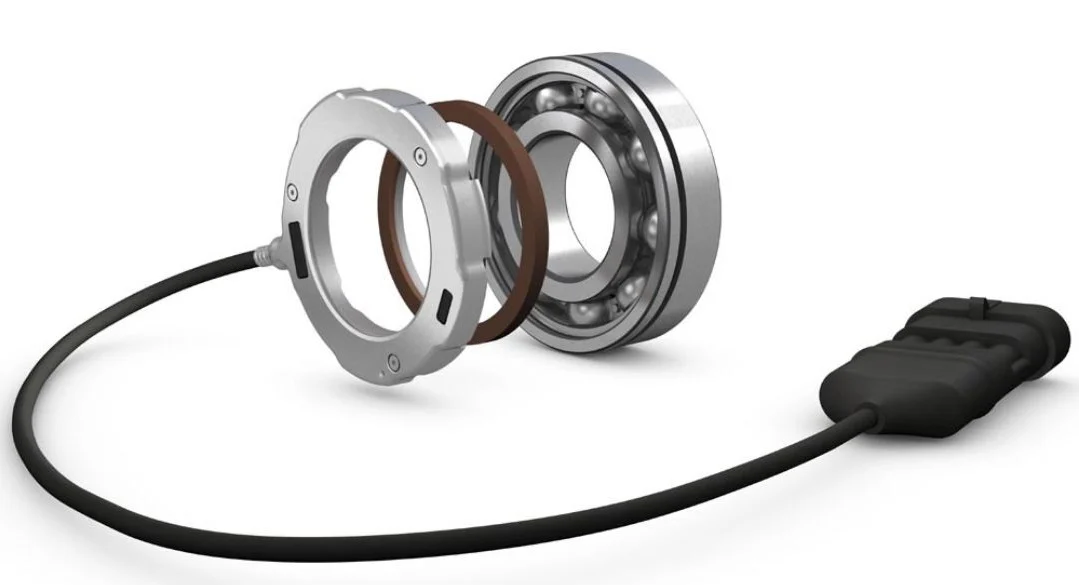
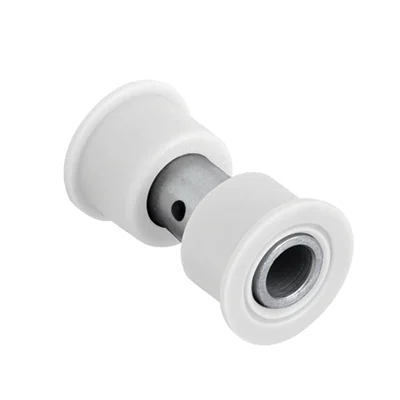
Delrin Bearings: Lubrication-Free Long Life

Locomotive Bearing Specs That Matter Most
